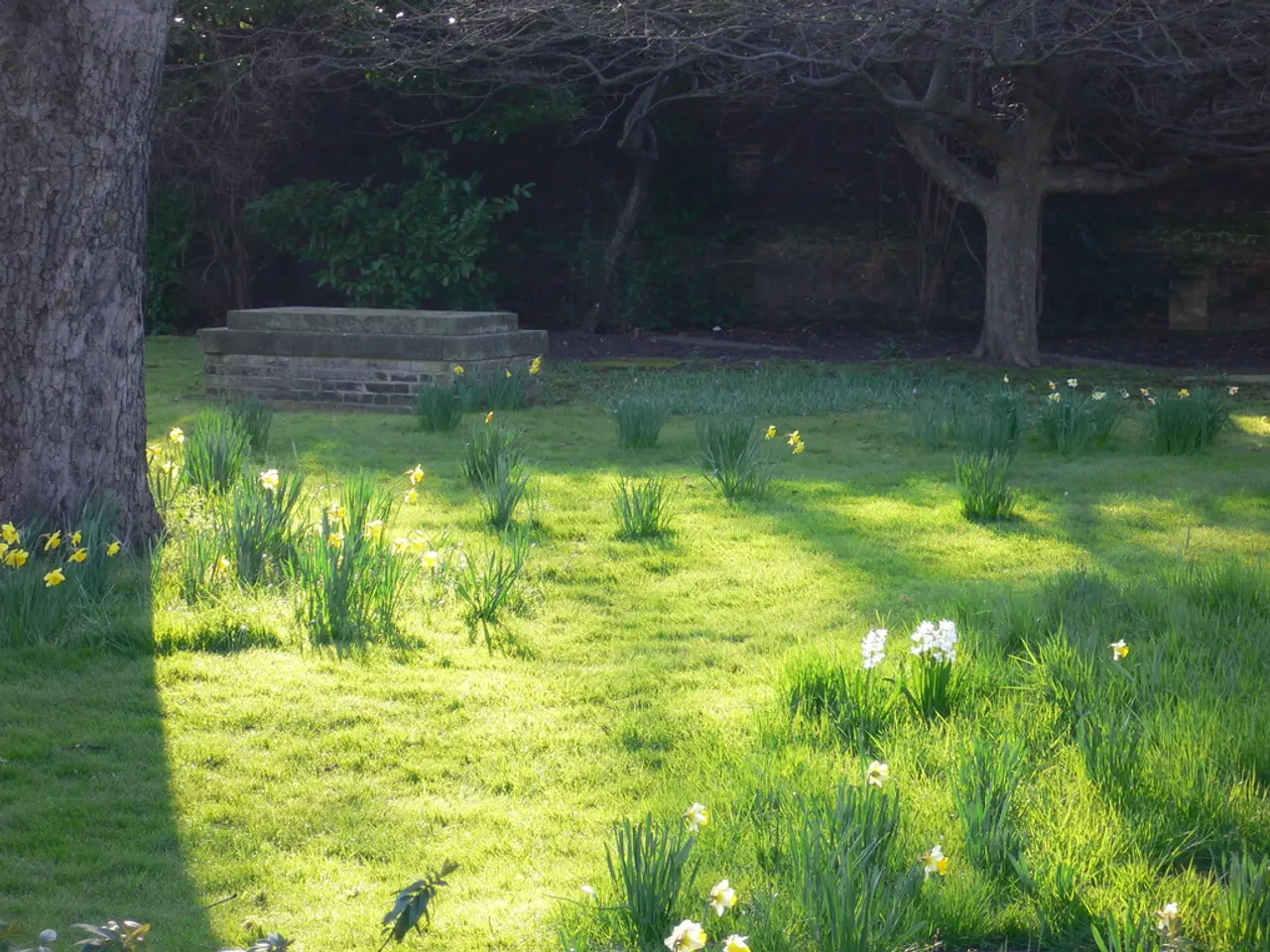Essential Height Information for Gardeners Regarding Boxwoods
Boxwood plants, known for their dense foliage and glossy green leaves, are a popular choice for gardens across the globe. These versatile shrubs can vary in height from 2 feet to 20 feet, depending on the species.
From the classic English Boxwood, often found lining elegant gardens and mazes, to the hardy Japanese Boxwood that copes well with warmer weather, there are several species to choose from. Korean Boxwood is a superstar in chilly climates, maintaining its green charm even in frosty conditions, while American Boxwood grows larger, making it a favorite for spacious landscapes.
These shrubs pair beautifully with many plants, such as hydrangeas and dwarf conifers, for companion planting. They are also friendly neighbors for plants that love sunlit spots with a bit of shade.
Boxwoods thrive in well-drained soil and prefer regular watering, especially during their first growing season to establish roots. However, avoid overwatering since their shallow roots do not tolerate consistently wet soil well. Fertilizing boxwoods should be done seasonally with a balanced, slow-release fertilizer in early spring.
Regular pruning, ideally in late winter or early spring before new growth starts, helps maintain shape and encourages bushier growth. Established plants require less frequent trimming to sustain form.
Inspect boxwoods regularly for common pests like boxwood leaf miners and diseases such as boxwood blight, which can cause rapid leaf drop. Early detection and appropriate treatment are important for plant health.
Boxwoods enjoy both full sun and dappled shade, but a bit of morning sun with afternoon shade suits them best. In colder climates, boxwoods may need to be mulched to protect their roots.
Transforming boxwoods into topiary or decorative topiaries is a common practice, allowing artistic flair with a personal hedge sculpture garden. Boxwoods are versatile and can be used for compact borders or impressive hedges, and can also be shaped into various forms, from spheres to pyramids.
Propagating boxwoods can be rewarding through stem cuttings in midsummer, using rooting hormone, well-draining soil, and keeping them moist.
Glen, a gardening expert with over 15 years of experience in garden maintenance, design, and landscaping services, creates helpful content for a blog. His recent articles include topics on Garden Fungicides, Candy Cane Peppers, and Watermelon.
Boxwoods are hardy and thrive across various climates, from zones 5 to 9. With these common growth and maintenance tips, you can enjoy healthy, attractive boxwood plants that can be shaped into hedges, formal garden accents, or topiaries.




